Control Systems
Modeling a system
Series RC circuit
Let \(I(t)\) = output (current), \(v(t)\) = input (applied voltage).
Time-domain equation (series resistor \(R\) and capacitor \(C\)):
Assuming zero initial conditions, take Laplace transform (differentiate both sides of the time-domain equation for simplification):
Transfer function from input voltage to current:
Two-node/two-branch network
KVL in Laplace transform domain
Solve using Cramer's rule. Let the coefficient matrix be \(A(s)\) and \(\Delta(s)=\det A(s)\).
Transfer function is given by
Here, \(\det A_1(s)\) is determinant of matrix formed by replacing first column of \(A\) with \(\begin{pmatrix}V(s)\\0\end{pmatrix}\), \(\det A_2(s)\) is determinant of matrix formed by replacing second column of \(A\) with \(\begin{pmatrix}V(s)\\0\end{pmatrix}\).
Mechanical damper system
Damper equation:
Newton’s law for \(m_2\) gives:
Newton's law for \(m_1\) gives:
The equations can be written in a matrix form:
Laplace transform form of the equation is:
Using Cramer’s rule, we can find:
Equivalent electric circuit for mechanical damper system
In the damper system, we have these components:
To convert it into an equivalent electrical circuit, we use the following relations for electrical component
Force–current analogy
Resistor
Inductor
Capacitor
Let \(\frac{dx}{dt} = v\). Two equations \(\Rightarrow\) Two nodes.
Force–voltage analogy
Resistor
Inductor
Capacitor
Let \(\frac{dx}{dt} = i\). Two equations \(\Rightarrow\) Two loops.
Scanned notes
These scanned lecture notes are from the course Control Systems at Indian Institute of Technology, Bombay. Use them at your own discretion. If you would like to help digitize these lecture notes, contact the editor.control system_1.jpg
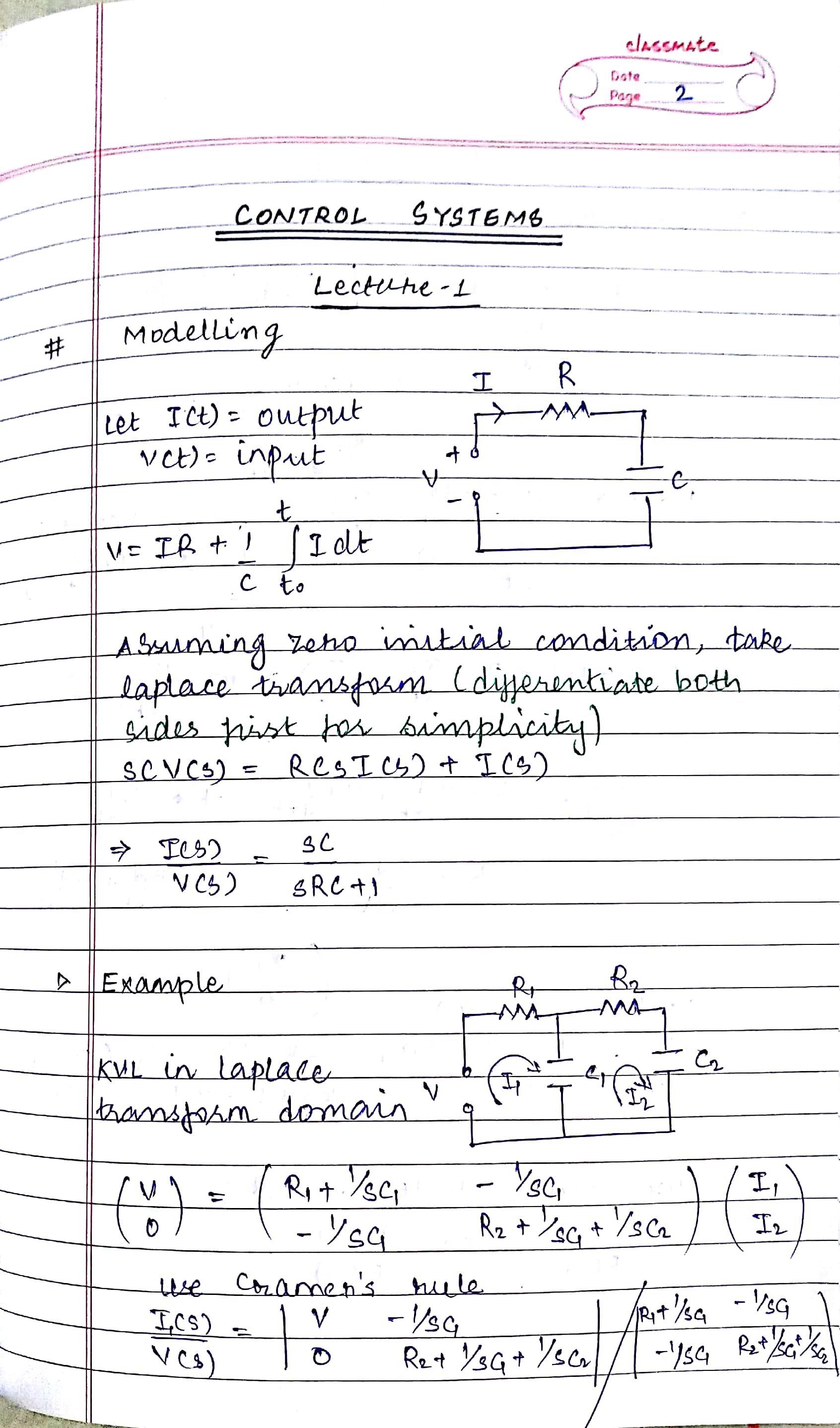
control system_2.jpg
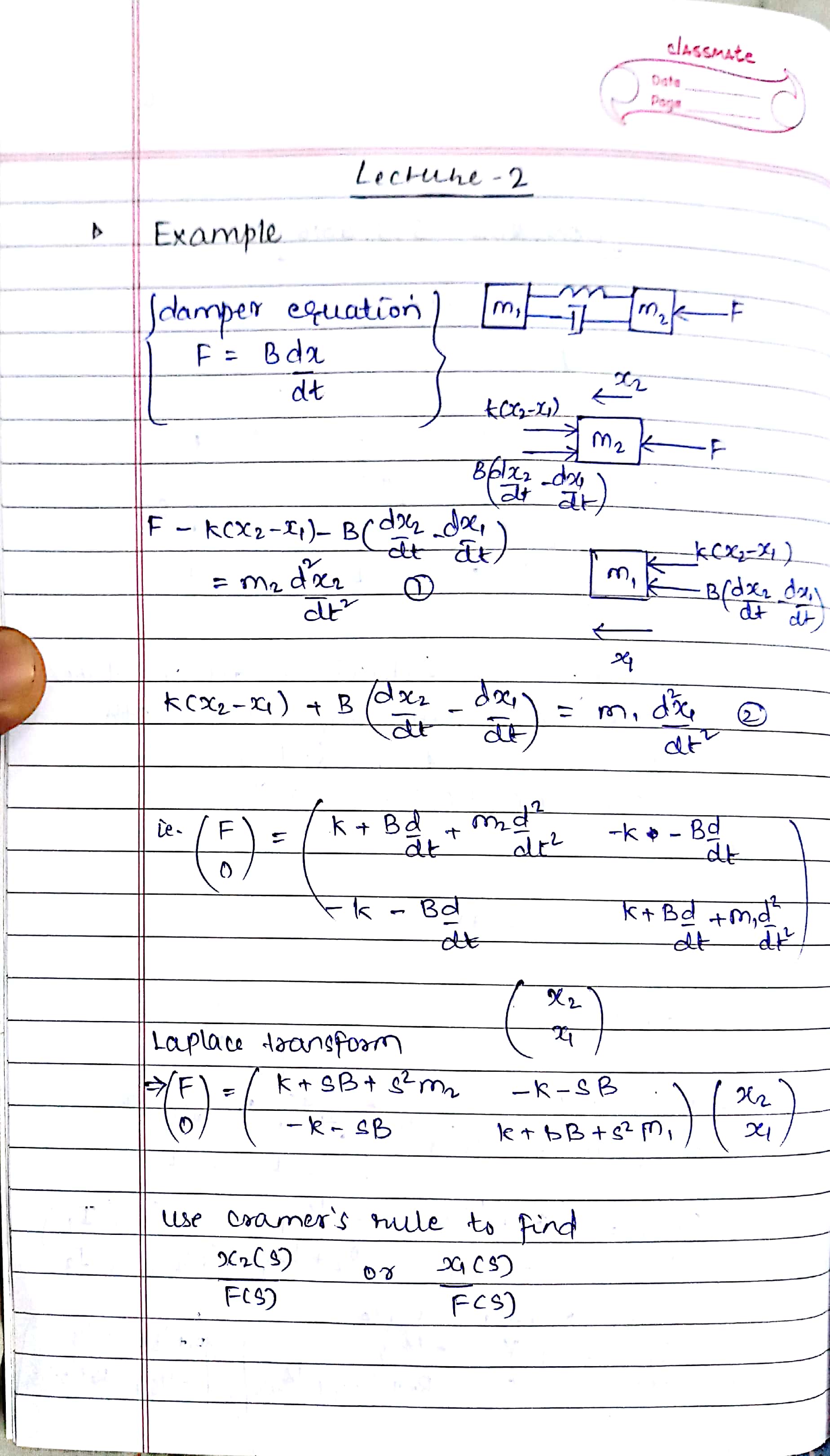
control system_3.jpg
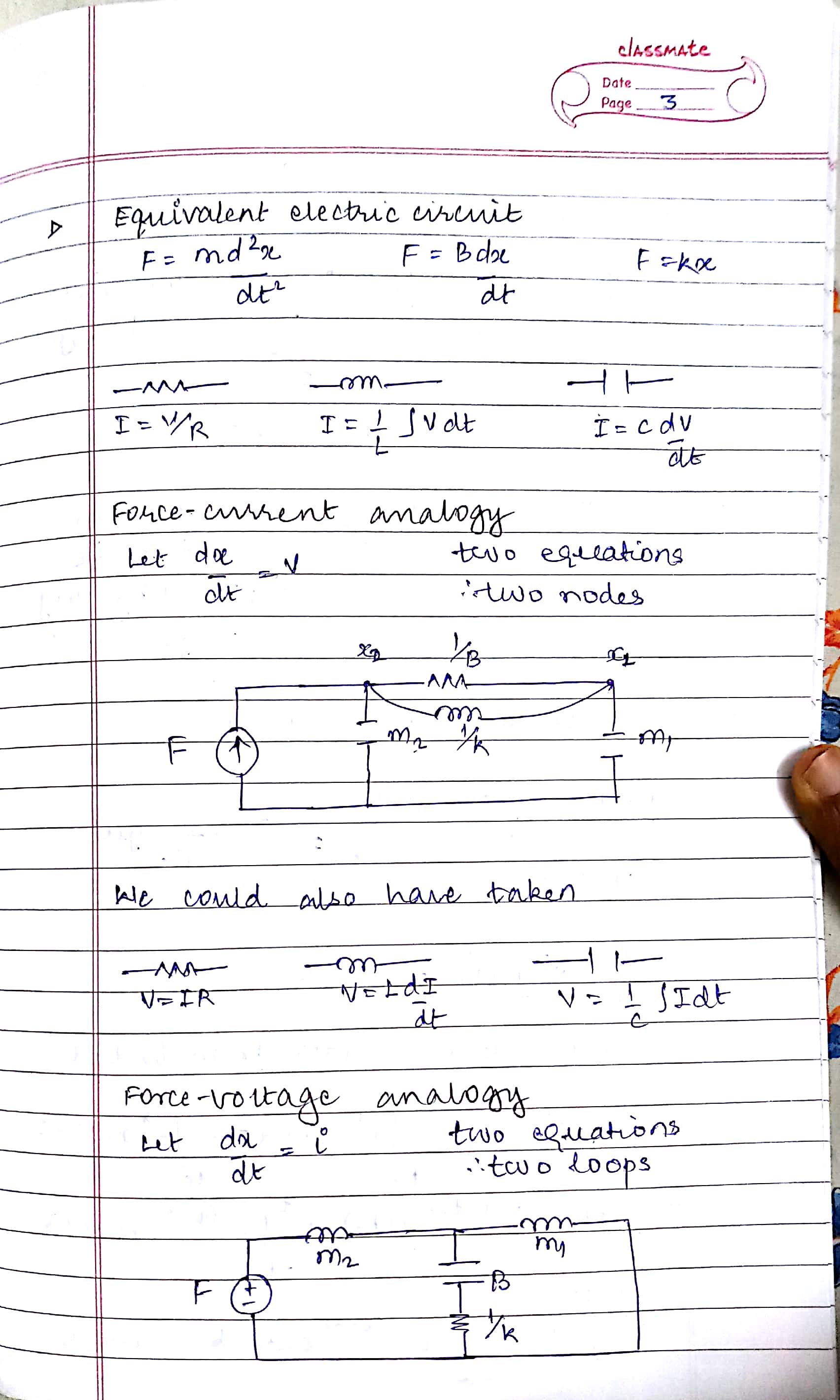
control system_4.jpg
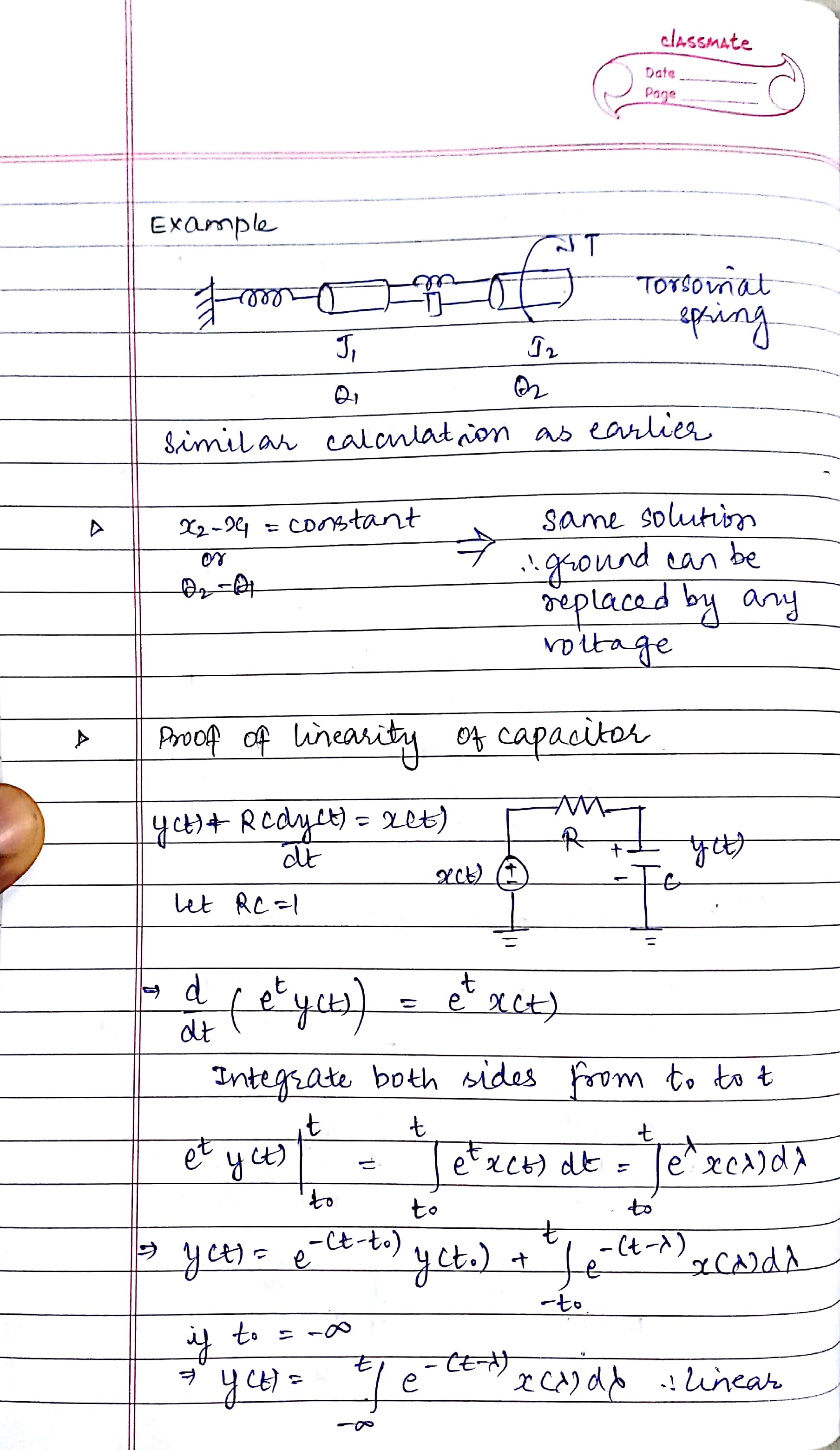
control system_5.jpg
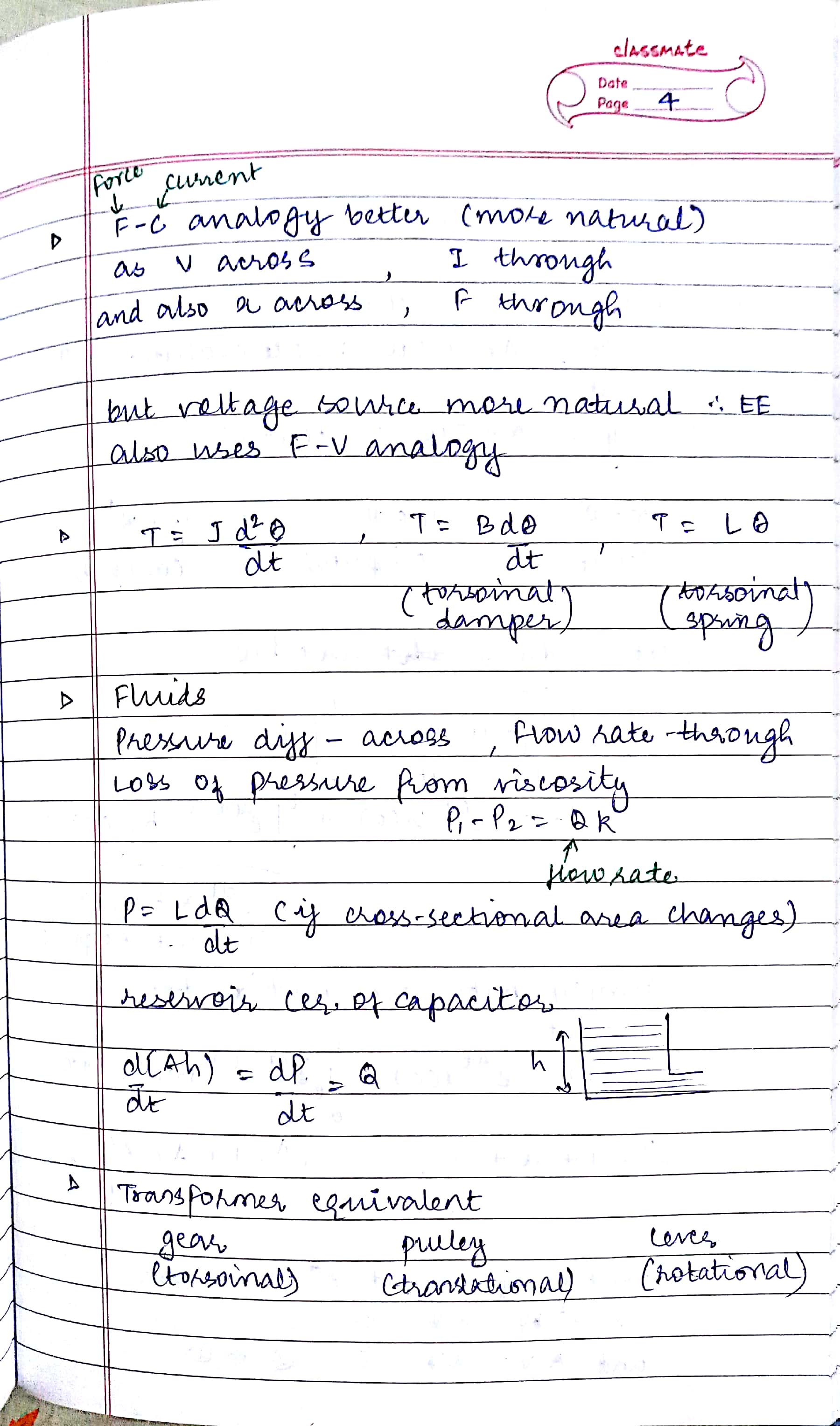
control system_6.jpg

control system_7.jpg

control system_8.jpg

control system_9.jpg
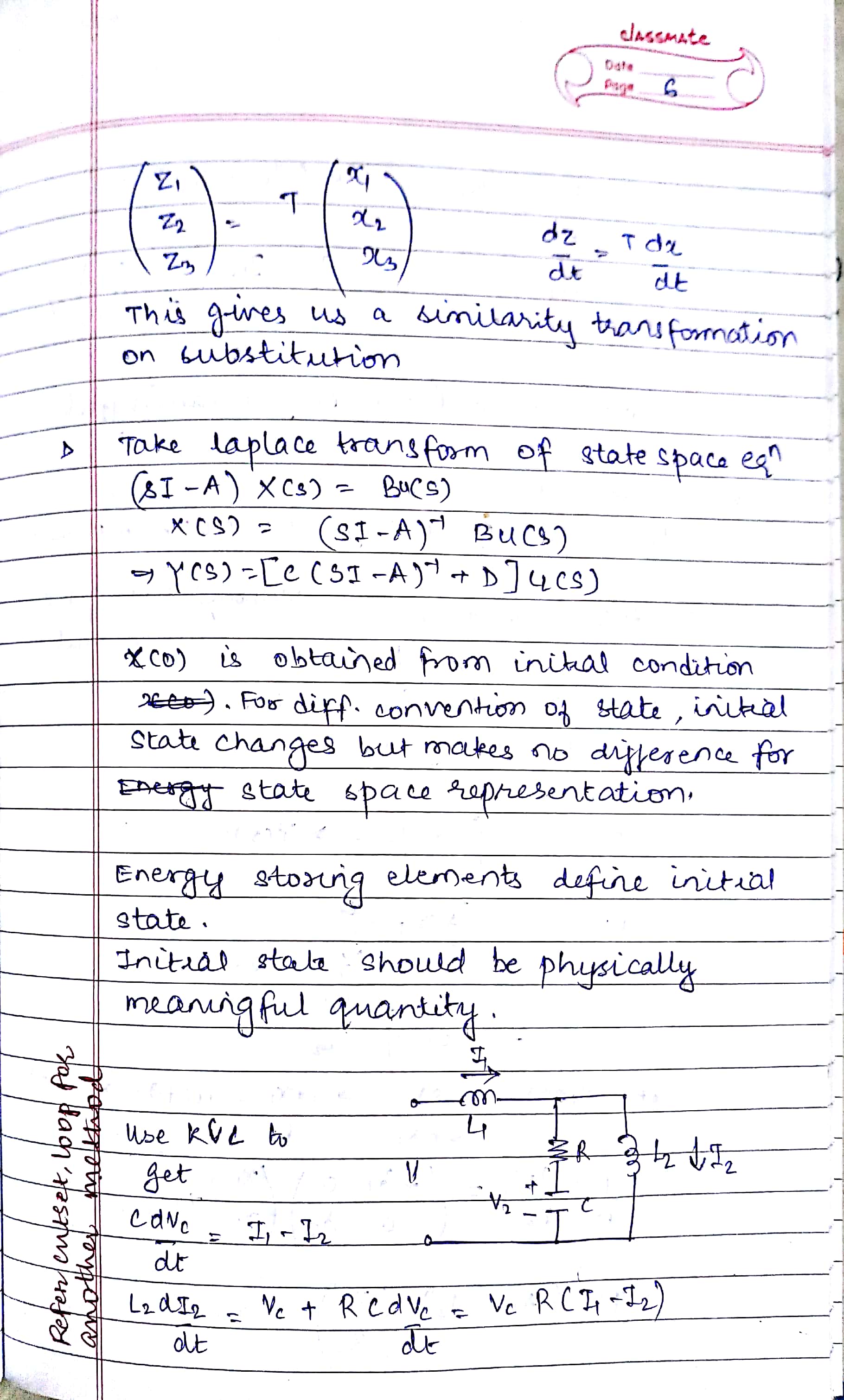
control system_10.jpg

control system_11.jpg

control system_12.jpg

control system_13.jpg

control system_14.jpg

control system_15.jpg

control system_16.jpg

control system_17.jpg

control system_18.jpg

control system_19.jpg

control system_20.jpg

control system_21.jpg

control system_22.jpg

control system_23.jpg

control system_24.jpg

control system_25.jpg

control system_26.jpg
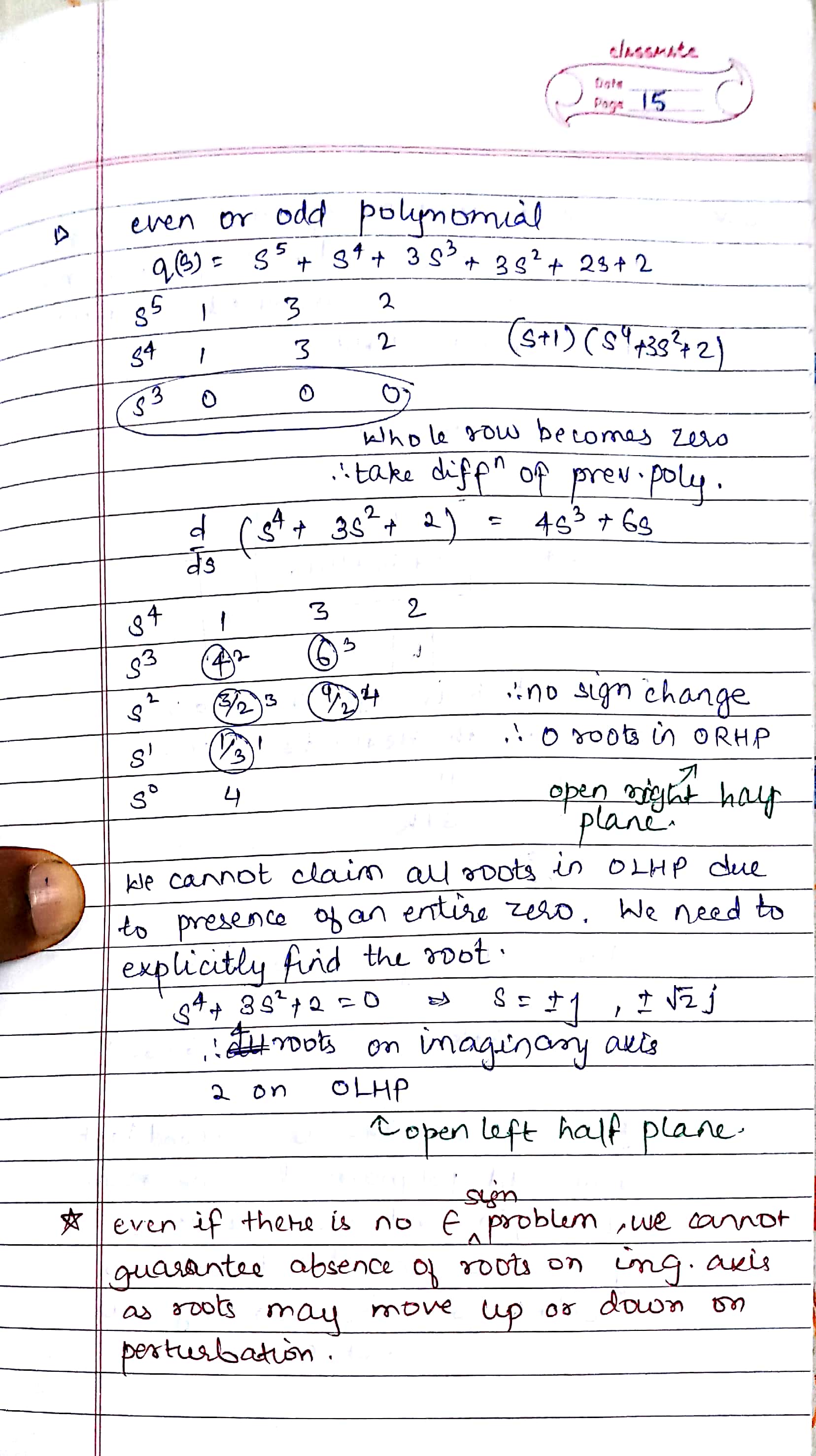
control system_27.jpg

control system_28.jpg

control system_29.jpg

control system_30.jpg

control system_31.jpg

control system_32.jpg

control system_33.jpg

control system_34.jpg

control system_35.jpg

control system_36.jpg

control system_37.jpg

control system_38.jpg

control system_39.jpg

control system_40.jpg

control system_41.jpg

control system_42.jpg

control system_43.jpg

control system_44.jpg

control system_45.jpg

control system_46.jpg

control system_47.jpg

control system_48.jpg

control system_49.jpg

control system_50.jpg

control system_51.jpg

control system_52.jpg

control system_53.jpg

control system_54.jpg

control system_55.jpg

control system_56.jpg

control system_57.jpg

control system_58.jpg

control system_59.jpg
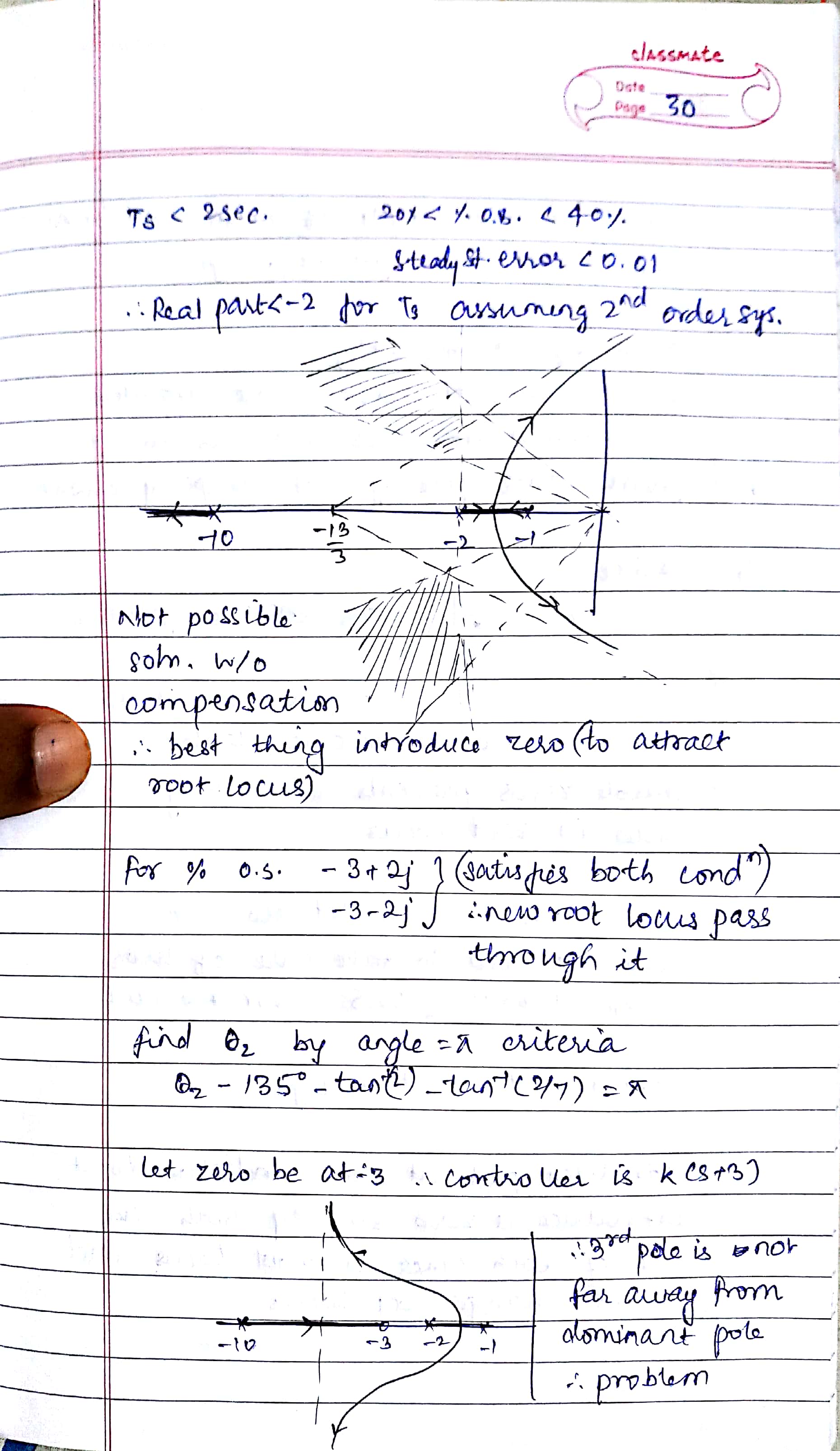
control system_60.jpg
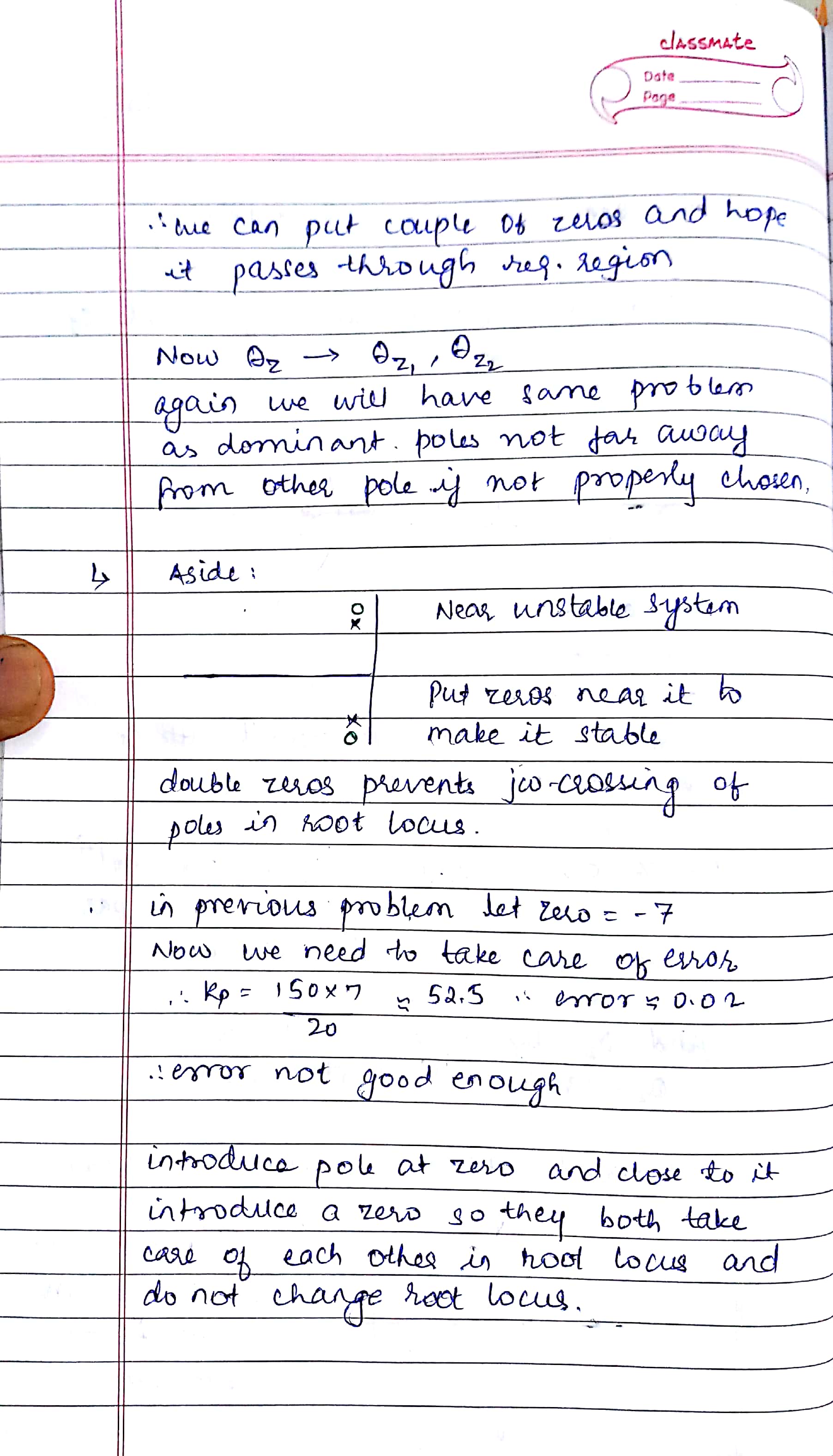
control system_61.jpg
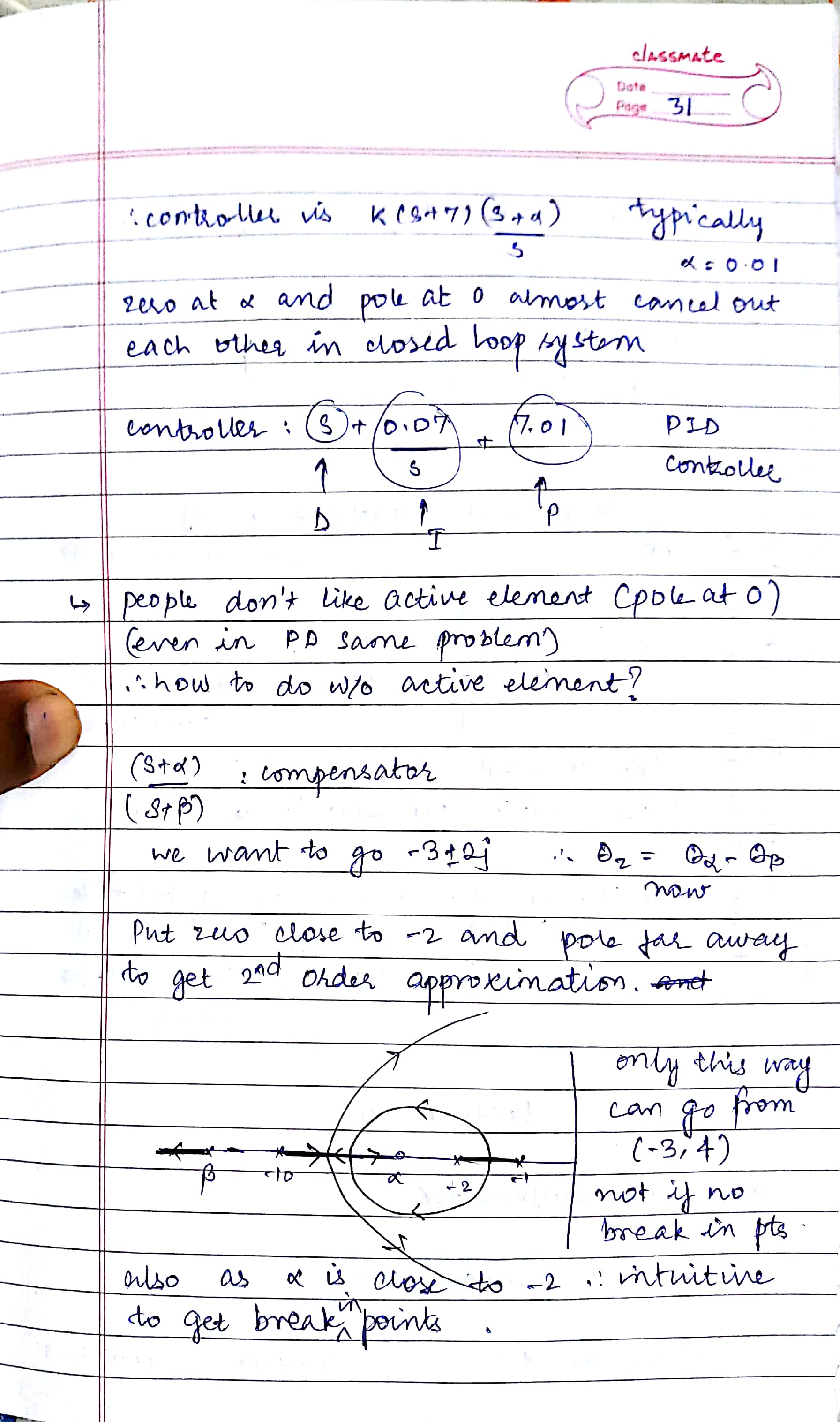
control system_62.jpg

control system_63.jpg

control system_64.jpg

control system_65.jpg

control system_66.jpg

control system_67.jpg

control system_68.jpg
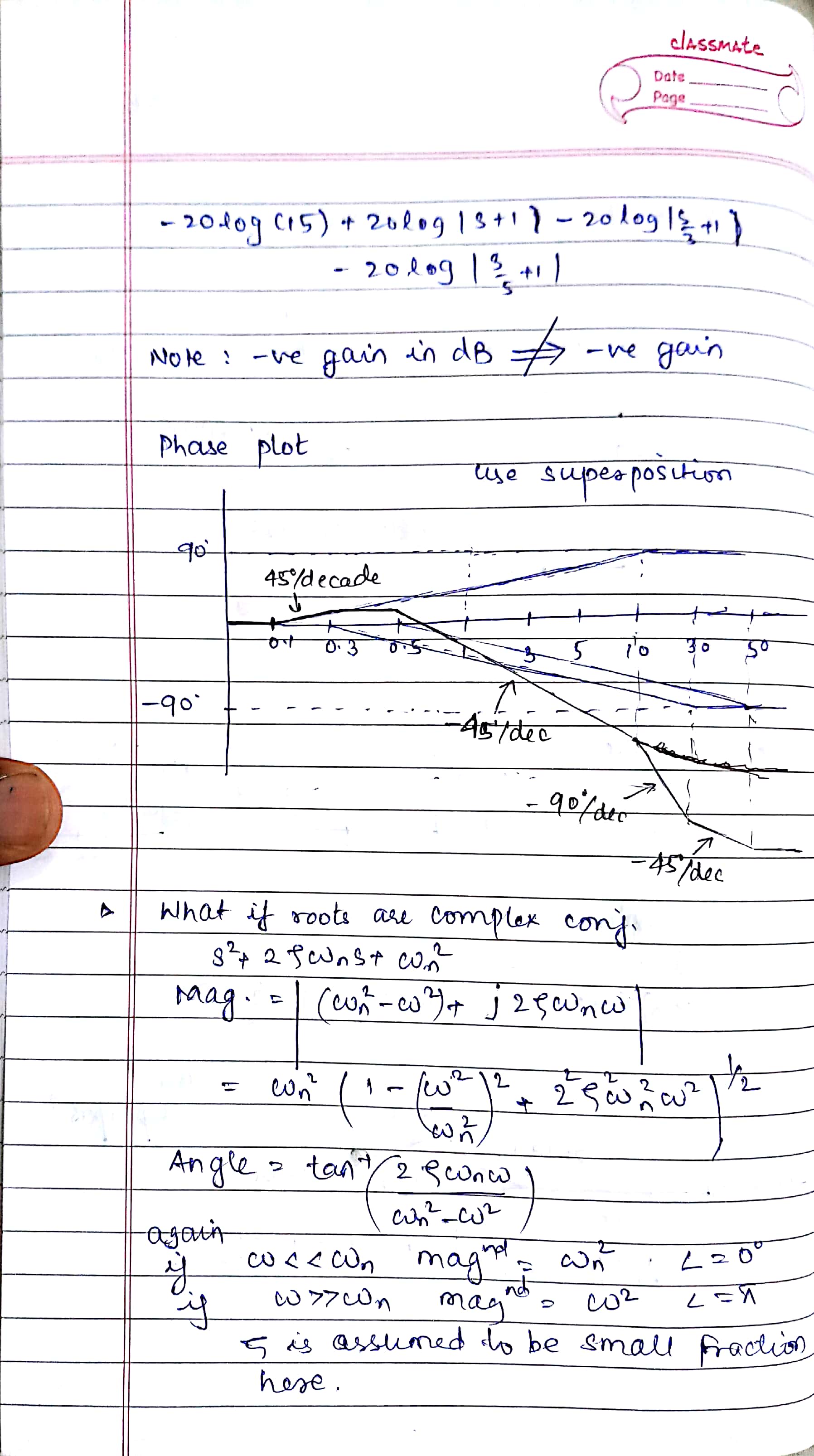
control system_69.jpg

control system_70.jpg

control system_71.jpg

control system_72.jpg
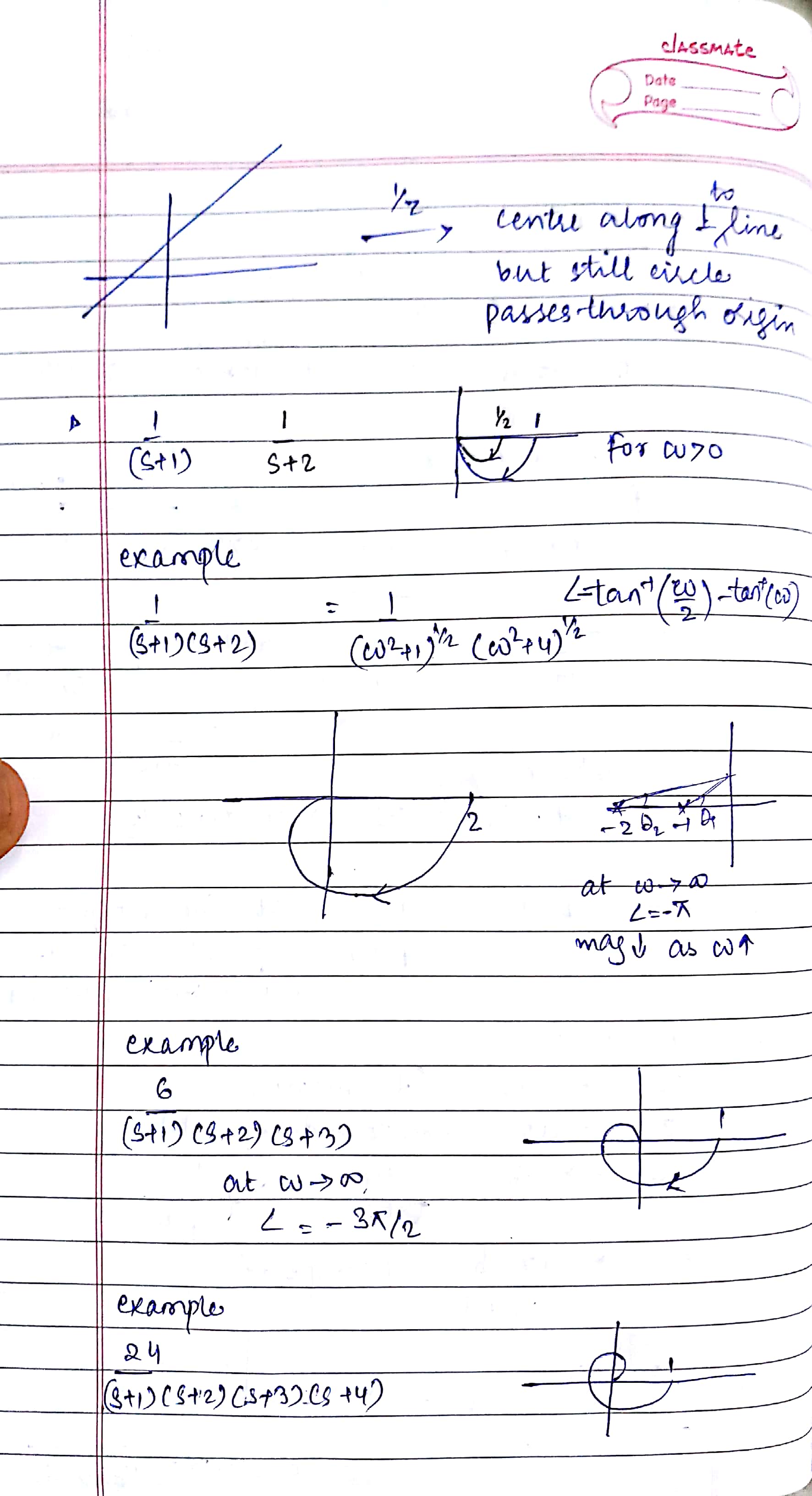
control system_73.jpg

control system_74.jpg

control system_75.jpg

control system_76.jpg

control system_77.jpg

control system_78.jpg

control system_79.jpg

control system_80.jpg

control system_81.jpg

control system_82.jpg

control system_83.jpg

control system_84.jpg

control system_85.jpg

control system_86.jpg

control system_87.jpg

control system_88.jpg

control system_89.jpg

control system_90.jpg
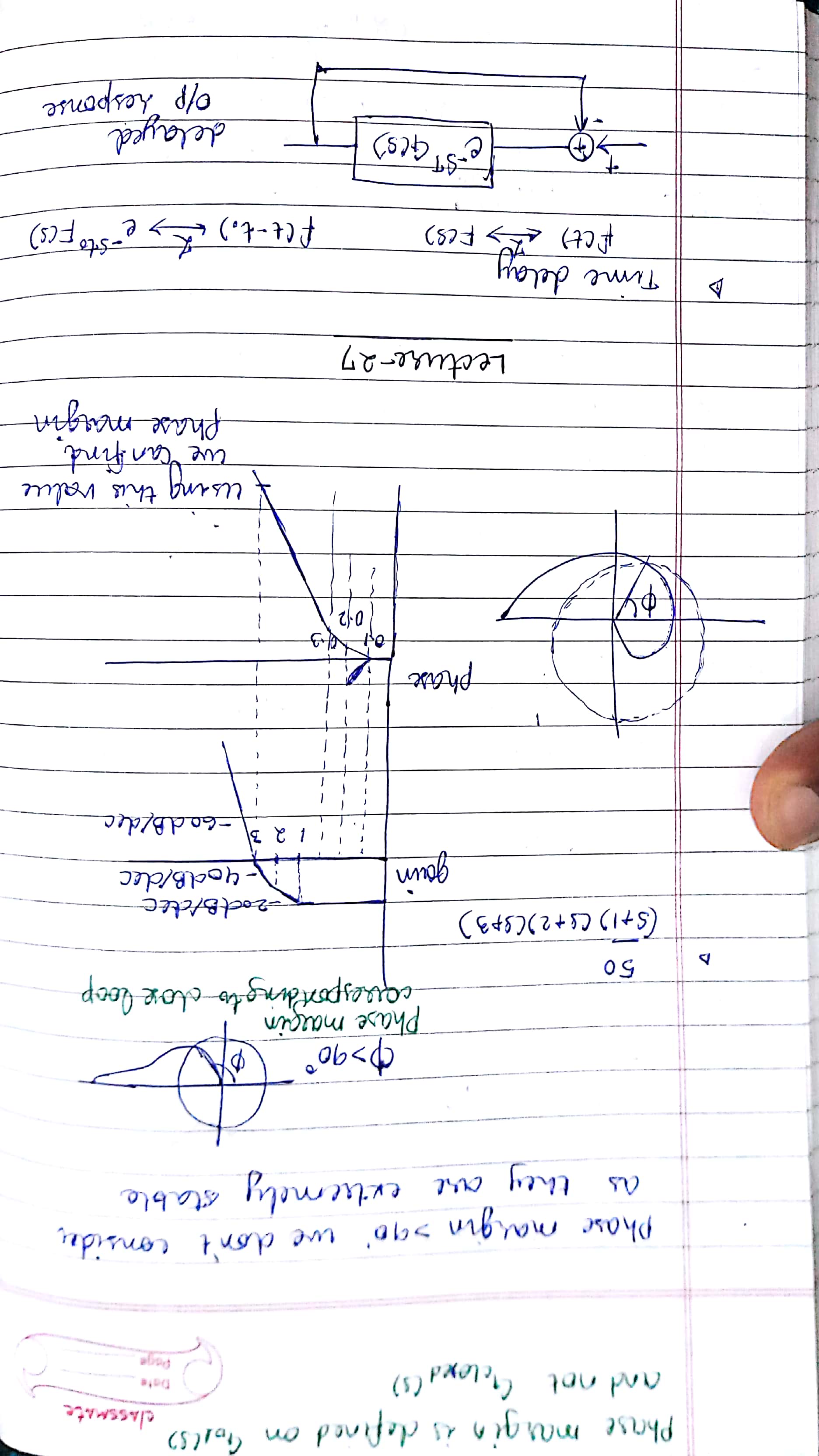
control system_91.jpg

control system_92.jpg

control system_93.jpg

control system_94.jpg

control system_95.jpg

control system_96.jpg

control system_97.jpg

control system_98.jpg

control system_99.jpg

control system_100.jpg

Author
Anurag Gupta is an M.S. graduate in Electrical and Computer Engineering from Cornell University. He also holds an M.Tech degree in Systems and Control Engineering and a B.Tech degree in Electrical Engineering from the Indian Institute of Technology, Bombay.
Comment
This policy contains information about your privacy. By posting, you are declaring that you understand this policy:
- Your name, rating, website address, town, country, state and comment will be publicly displayed if entered.
- Aside from the data entered into these form fields, other stored data about your comment will include:
- Your IP address (not displayed)
- The time/date of your submission (displayed)
- Your email address will not be shared. It is collected for only two reasons:
- Administrative purposes, should a need to contact you arise.
- To inform you of new comments, should you subscribe to receive notifications.
- A cookie may be set on your computer. This is used to remember your inputs. It will expire by itself.
This policy is subject to change at any time and without notice.
These terms and conditions contain rules about posting comments. By submitting a comment, you are declaring that you agree with these rules:
- Although the administrator will attempt to moderate comments, it is impossible for every comment to have been moderated at any given time.
- You acknowledge that all comments express the views and opinions of the original author and not those of the administrator.
- You agree not to post any material which is knowingly false, obscene, hateful, threatening, harassing or invasive of a person's privacy.
- The administrator has the right to edit, move or remove any comment for any reason and without notice.
Failure to comply with these rules may result in being banned from submitting further comments.
These terms and conditions are subject to change at any time and without notice.
Similar content



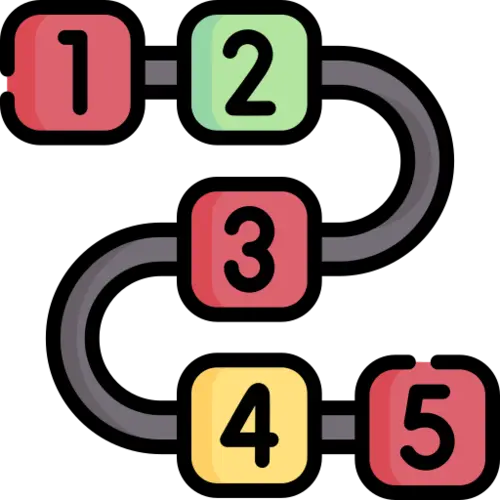
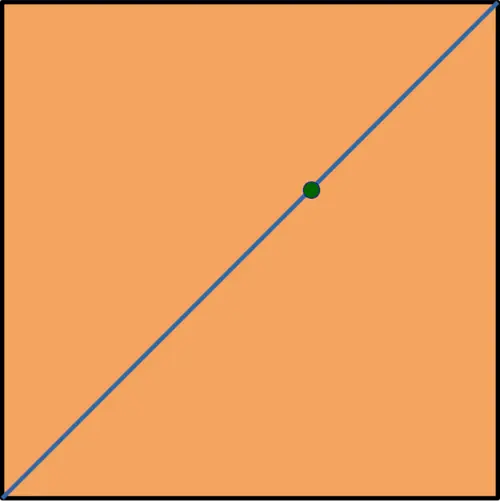

Past Comments